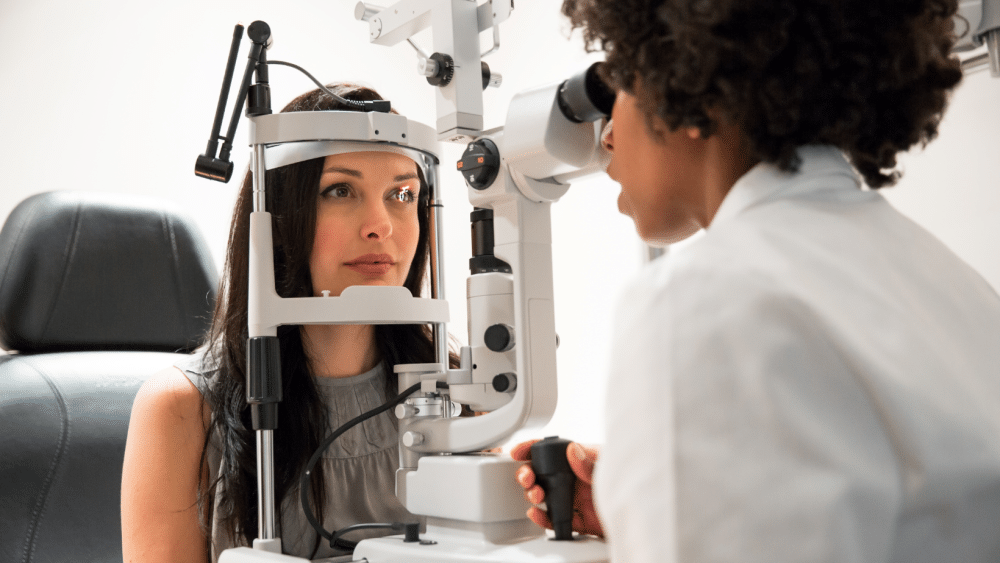In an era where children and technology are virtually inseparable, the ubiquity of digital devices has become a common aspect of modern childhood. From educational endeavours to recreational activities, children are spending significant portions of their day engaged in screen time. However, as this digital immersion increases, so do concerns about potential risks to children’s eyes and vision.
According to Common Sense Media, the average screen time for children under 8 has surpassed two hours a day, tripling for 8- to 10-year-olds and potentially reaching up to nine hours a day for middle and high school students. This surge in screen time raises questions about the impact on children’s eye health.
The Risks to Your Little One’s Eyes from Prolonged Screen Time:
- Computer Vision Syndrome (Digital Eye Strain):
Extended screen time can lead to computer vision syndrome, characterised by fluctuating vision, tired eyes, dry eyes, headaches, and fatigue. Non-visual symptoms include neck, back, and shoulder pain. - Unhealthy Posture:
Prolonged use of digital devices often results in unhealthy postures, contributing to symptoms of computer vision syndrome. Encouraging proper posture and breaks can alleviate these issues. - Nearsightedness (Myopia):
Researchers associate increased screen time with a higher risk of myopia development and progression among children. - Increased Exposure to Blue Light:
LED screens emit blue light, and prolonged exposure may contribute to the risk of age-related eye diseases like macular degeneration.
Protective Measures for Your Little One’s Eyes
To mitigate potential risks associated with screen time, consider implementing the following measures:
1. Encourage Frequent Visual Breaks:

Introduce the “20-20-20” rule – every 20 minutes, take a 20-second break to look at something at least 20 feet away. This reduces digital eye strain and may decrease the risk of myopia.
2. Promote Good Posture:

Remind children to sit up straight, realign their head, neck, and shoulders during breaks, and incorporate slow head movements to relieve strained muscles.
3. Protect Eyes from Blue Light:

While the long-term effects are still uncertain, safeguard your child’s eyes with outdoor polarised sunglasses for sunlight exposure. For indoor use, consider photochromic lenses or eyeglass lenses with integrated blue light filters.
4. Establish Media-Free Times:

Designate specific periods for media-free activities, fostering family connections and reducing eye fatigue.
5. Schedule Annual Eye Exams:

Prioritise regular eye check-ups to ensure your child’s eye health. Eye doctors can offer specific recommendations and tests to address and prevent computer eye strain.
Children and technology are integral to the future. By adopting these simple measures, you can safeguard your child’s eyesight, promoting clear and comfortable vision for years to come. Balancing the benefits of technology with mindful protective strategies ensures a healthier digital experience for the tech-savvy generation.




